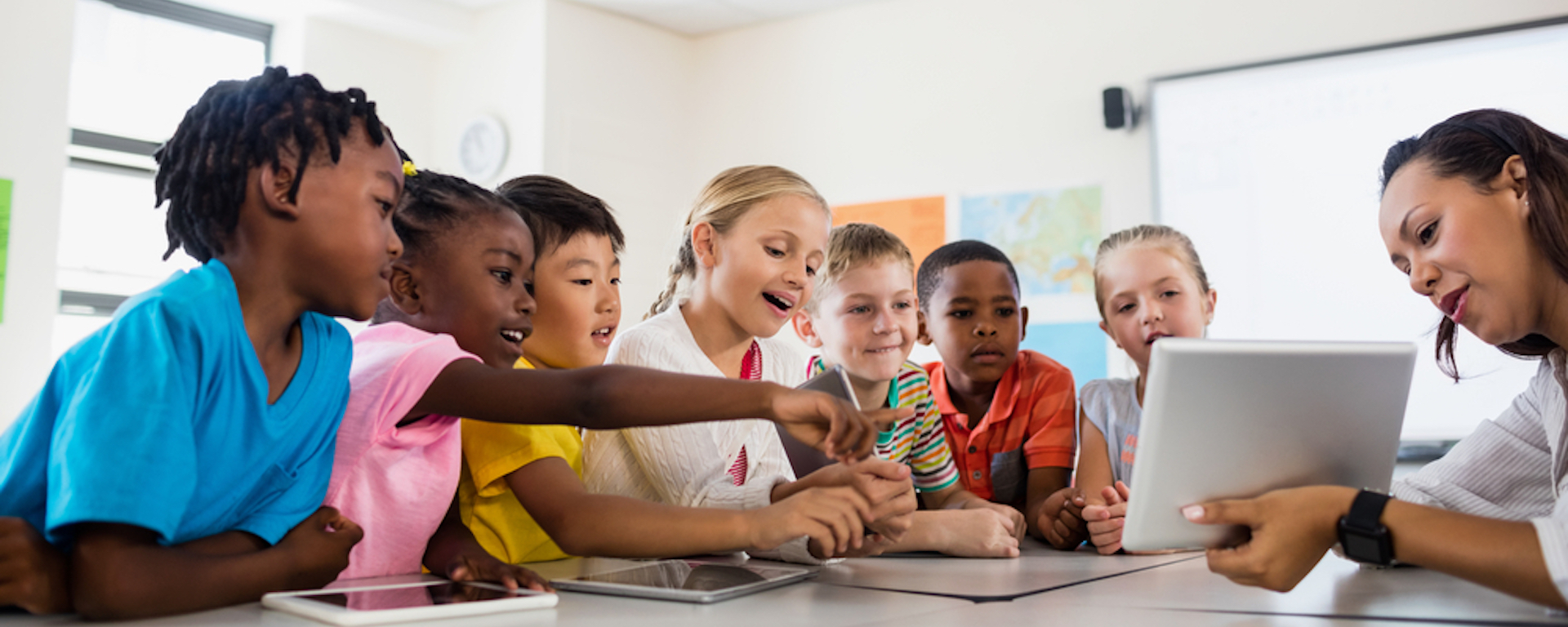This article explores the impact of technology on student motivation and engagement in the modern era of education. The article highlights the ways in which technology has transformed the traditional classroom and enabled students to learn in more interactive and engaging ways.
It also looks at the potential benefits and drawbacks of technology use in the classroom, and how educators can strike a balance between technological innovation and traditional teaching methods.
In today’s digital age, technology has become an integral part of modern education. From interactive whiteboards to online learning platforms, technology is changing the way we teach and learn. One of the most significant impacts of technology on education has been on student motivation and engagement.
With the use of technology, educators can create more interactive and engaging learning experiences, which can lead to increased motivation and interest among students. However, there are also concerns about the overreliance on technology in the classroom and the potential negative effects on student motivation and engagement.
This article will explore the impact of technology on student motivation and engagement, including the potential benefits and drawbacks of technology use in the classroom, and how educators can strike a balance between technological innovation and traditional teaching methods.
The Benefits of Technology on Student Motivation and Engagement

- Personalized Learning: Technology enables educators to create personalized learning experiences for students. With adaptive learning software and online platforms, students can learn at their own pace and level, allowing them to stay motivated and engaged.
- Interactive Learning: Technology has transformed the traditional classroom into a more interactive and engaging learning environment. From interactive whiteboards to educational games and simulations, technology offers a wide range of tools that make learning more fun and engaging.
- Collaborative Learning: Technology also enables collaborative learning, which can boost student motivation and engagement. With online discussion forums and group projects, students can work together and learn from one another, which can lead to a deeper understanding of the material.
- Access to Information: Technology has made it easier for students to access information and resources outside of the classroom. With online databases, e-books, and educational websites, students can explore topics and learn on their own, which can increase their interest and motivation in the subject.
The Drawbacks of Technology on Student Motivation and Engagement
- Distractions: One of the most significant concerns about technology in the classroom is the potential for distractions. With smartphones, social media, and other online distractions, students may lose focus and become less engaged in the learning process.
- Overreliance on Technology: Another potential drawback of technology is the overreliance on it in the classroom. Educators must strike a balance between technology and traditional teaching methods to ensure that students are still learning the necessary skills and concepts.
- Lack of Face-to-Face Interaction: With online learning platforms and remote learning, there may be a lack of face-to-face interaction between students and educators. This lack of personal interaction can negatively impact student motivation and engagement.
- Technological Issues: Finally, technological issues such as glitches, connectivity problems, and system crashes can disrupt the learning process and lead to frustration and disengagement among students.
Striking a Balance between Technology and Traditional Teaching Methods

To ensure that technology has a positive impact on student motivation and engagement, educators must strike a balance between technological innovation and traditional teaching methods. Here are some tips for achieving this balance:
- Set clear learning objectives: Before integrating technology into the classroom, educators should set clear learning objectives and ensure that technology is being used to support these objectives.
- Use a variety of teaching methods: Educators should use a variety of teaching methods, including traditional methods such as lectures and discussions, as well as technology-based methods such as online simulations and games.
- Provide opportunities for face-to-face interaction: Even with online learning platforms, educators should provide opportunities for face-to-face interaction, whether it is through in-person class sessions or online video conferencing. This can help build relationships between students and educators and provide opportunities for students to ask questions and receive feedback.
- Limit technology use: Educators should be mindful of the potential for distractions and limit technology use to when it is necessary for achieving the learning objectives. This can include setting guidelines for the use of smartphones or social media during class time.
- Use technology to enhance traditional teaching methods: Instead of replacing traditional teaching methods with technology, educators should use technology to enhance these methods. For example, using an online platform to supplement in-class lectures or using interactive whiteboards to facilitate discussions.
Conclusion
Technology has had a significant impact on student motivation and engagement in the modern era of education. While there are potential benefits to technology use, there are also concerns about its potential drawbacks.
Educators must strike a balance between technological innovation and traditional teaching methods to ensure that technology has a positive impact on student learning outcomes. By setting clear learning objectives, using a variety of teaching methods, providing opportunities for face-to-face interaction, limiting technology use, and using technology to enhance traditional teaching methods, educators can create a more engaging and effective learning environment for students.









